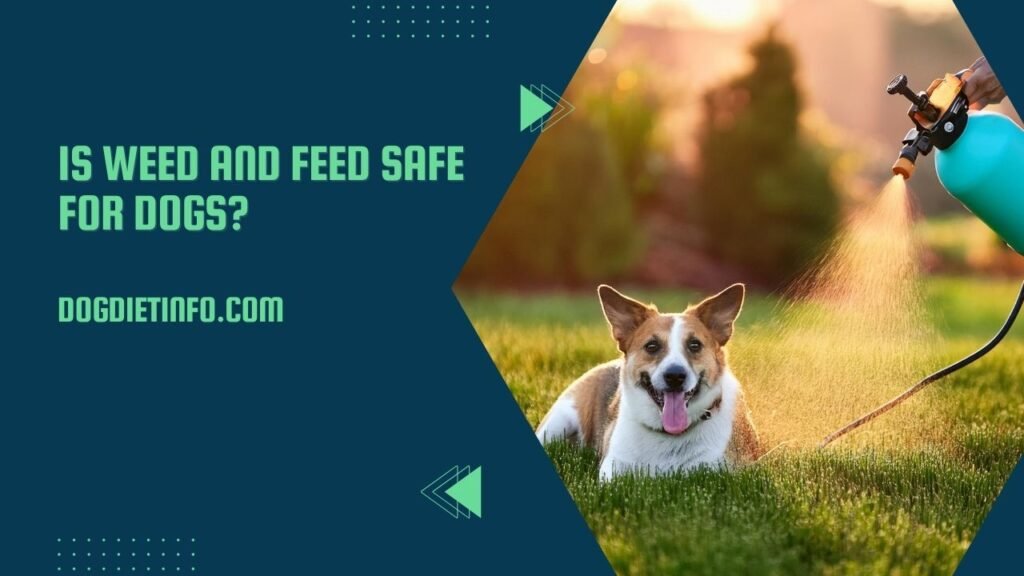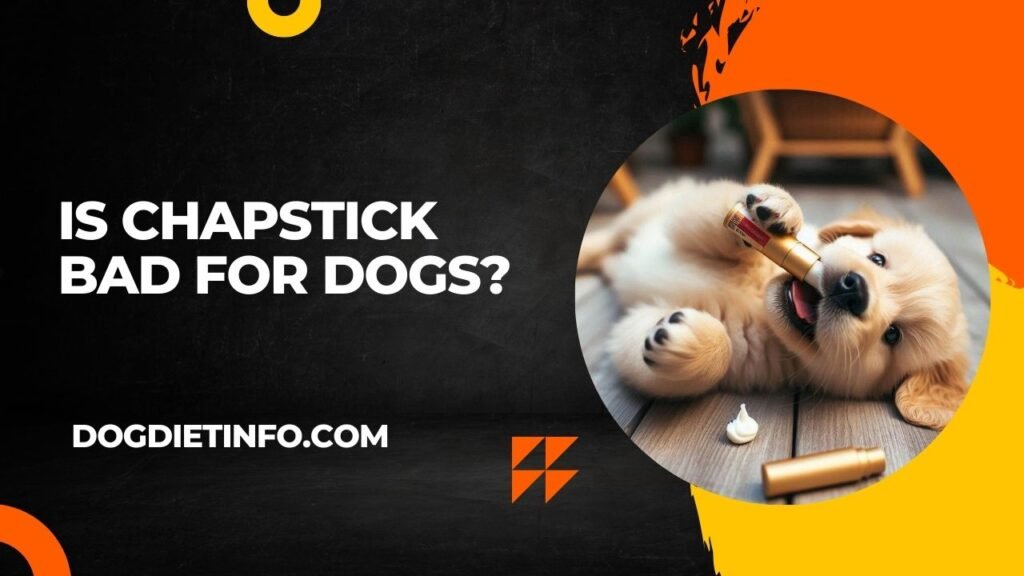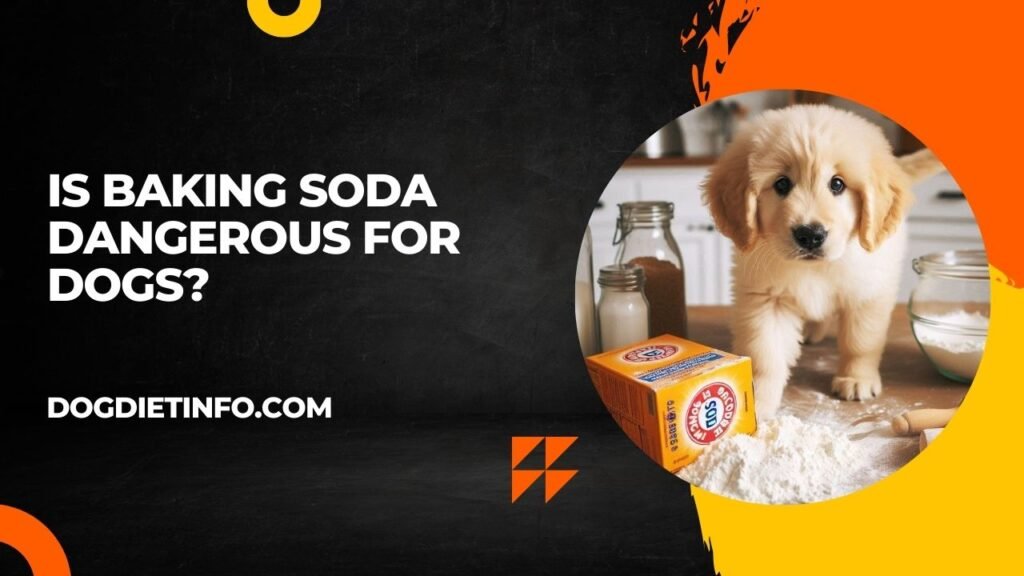Is Weed And Feed Safe For Dogs? Weed and feed products can be harmful to dogs if ingested or if they come into contact with treated areas.
Lawn care is a common concern for homeowners who want to maintain a beautiful, lush yard.
Weed and feed products, which combine weed killers (herbicides) with fertilizers, are a popular choice for those looking to tackle both weeds and lawn growth in one application.
However, for pet owners, the question arises: Is weed and feed safe for dogs? Understanding the potential dangers these products pose to our furry friends is crucial.
This article will delve into the risks associated with weed and feed products for dogs, explore safer alternatives, and provide guidelines for responsible use.
Contents
- 1 What is Weed and Feed?
- 2 Is Weed and Feed Safe for Dogs?
- 3 How to Safely Use Weed and Feed Products Around Dogs
- 4 Alternatives to Traditional Weed and Feed
- 5 Final Verdict
- 6 FAQs
- 6.1 Can weed and feed cause permanent health issues in dogs?
- 6.2 How long after applying weed and feed is it safe for dogs to go on the lawn?
- 6.3 What brands offer pet-safe weed and feed products?
- 6.4 What should I do if my dog ingests weed and feed?
- 6.5 Are organic lawn care products always safe for pets?
- 7 Conclusion: Is Weed And Feed Safe For Dogs?
What is Weed and Feed?
Definition and Purpose
Weed and feed products are lawn care solutions that serve a dual purpose: they contain herbicides to eliminate weeds and fertilizers to promote healthy grass growth.
These products are popular because they simplify lawn care by combining two functions into one. [Is Weed And Feed Safe For Dogs?]
Homeowners often use them to achieve a uniform, green lawn without the hassle of separate weed control and fertilization treatments.
Common Ingredients
Weed and feed products typically contain a combination of chemical herbicides and fertilizers. Some of the most common herbicides found in these products include:
- 2,4-Dichlorophenoxyacetic acid (2,4-D): A widely used herbicide that targets broadleaf weeds.
- Dicamba: Another common herbicide that helps control broadleaf weeds like dandelions, clover, and chickweed.
- Mecoprop (MCPP): A selective herbicide that targets broadleaf weeds without harming grass.
Fertilizers in these products usually contain nitrogen, phosphorus, and potassium, which are essential nutrients for grass growth.
While these ingredients can effectively manage lawns, they can also pose risks to pets if not used carefully.
Is Weed and Feed Safe for Dogs?
The safety of weed and feed products around dogs is a concern for many pet owners. [Is Weed And Feed Safe For Dogs?]
These products, while effective for lawn care, contain chemicals that can be harmful to pets if they come into contact with them. Here are the key risks associated with using these products around dogs:
1. Risks of Ingestion
One of the most significant dangers of weed and feed products is the risk of ingestion. Dogs, being naturally curious, often explore their surroundings by sniffing, licking, and chewing.
If a dog ingests weed and feed granules or comes into contact with treated grass and then licks their paws, it can lead to poisoning.
The severity of the toxicity depends on the amount ingested, the size of the dog, and the specific chemicals in the product. [Is Weed And Feed Safe For Dogs?]
Potential Health Effects of Ingestion:
- Gastrointestinal distress, such as vomiting and diarrhea.
- Drooling and excessive salivation.
- Abdominal pain and discomfort.
- In severe cases, it can cause liver damage, seizures, and even death.
2. Risks of Skin and Paw Contact
Weed and feed products can also pose a risk through skin and paw contact. Dogs that walk or lie down on recently treated lawns may get chemicals on their paws and fur.
These chemicals can be absorbed through the skin or ingested when the dog licks itself. Prolonged contact with these chemicals can lead to skin irritation, allergic reactions, or chemical burns.
Potential Health Effects of Skin and Paw Contact:
- Redness, itching, and irritation on the skin.
- Swelling or blisters on the paws. [Is Weed And Feed Safe For Dogs?]
- Hair loss or rashes on areas exposed to chemicals.
- Allergic reactions, which can manifest as excessive scratching, licking, or hives.
3. Risks of Inhalation
During and after the application of weed and feed products, the chemicals can become airborne, particularly in windy conditions or when using spray formulations.
Dogs that spend time outdoors may inhale these chemicals, which can lead to respiratory issues. Dogs with pre-existing respiratory conditions, such as asthma or bronchitis, are especially at risk.
Potential Health Effects of Inhalation:
- Coughing, sneezing, or wheezing.
- Difficulty breathing or shortness of breath.
- Nasal discharge or congestion.
- Irritation of the eyes, nose, and throat.
4. Long-term Health Concerns
There are potential long-term health risks associated with repeated exposure to the chemicals found in weed and feed products.
Studies have shown that certain herbicides, such as 2,4-D, may be linked to an increased risk of cancers, such as lymphoma, in pets.
Chronic exposure to these chemicals can also lead to organ damage, neurological issues, and other health problems over time. [Is Weed And Feed Safe For Dogs?]
Potential Long-term Health Effects:
- Increased risk of cancers, particularly in dogs that are frequently exposed to treated lawns.
- Liver and kidney damage due to prolonged exposure to toxic chemicals.
- Neurological problems, including tremors and seizures.
- Hormonal imbalances or reproductive issues.
Symptoms of Weed and Feed Poisoning in Dogs
If a dog is exposed to weed and feed products, they may display various symptoms of poisoning. It’s important for pet owners to recognize these symptoms and take immediate action if their dog is affected.
Common Symptoms
- Vomiting and diarrhea
- Excessive drooling
- Lethargy or weakness
- Tremors or shaking
- Difficulty breathing
- Loss of appetite
Severe Symptoms
- Seizures or convulsions
- Loss of coordination or balance
- Blood in vomit or stool
- Rapid heart rate or arrhythmias
- Unconsciousness or coma
Emergency Actions
If you suspect that your dog has been exposed to weed and feed and is showing any of the symptoms mentioned above, it is crucial to act quickly:
- Contact a Veterinarian: Call your vet or an emergency animal clinic immediately. Provide them with information about the product used, how much the dog may have ingested, and any symptoms being observed.
- Induce Vomiting (if advised): Only induce vomiting if instructed by a professional, as some chemicals can cause more harm if vomited.
- Activated Charcoal: Your vet may recommend administering activated charcoal to help absorb toxins in the stomach.
- Supportive Care: Depending on the severity of the poisoning, treatments such as IV fluids, medications to control symptoms, or even hospitalization may be required.
How to Safely Use Weed and Feed Products Around Dogs
If you still choose to use weed and feed products, it’s essential to follow safety measures to minimize the risks to your pets. [Is Weed And Feed Safe For Dogs?]
Selecting Pet-Safe Products
Some products are formulated to be safer for pets and the environment. Look for labels that indicate they are “pet-friendly” or “safe for pets.” These products often use natural or less harmful ingredients.
Safe Application Practices
- Apply weed and feed products when your pets are indoors and keep them away from treated areas until it is safe.
- Avoid using weed and feed products on windy days to reduce the risk of inhalation exposure.
- Water the lawn thoroughly after application to help the chemicals absorb into the soil and reduce surface residue.
Waiting Period Guidelines
After applying weed and feed products, it’s generally recommended to wait at least 24-48 hours before allowing pets back onto the lawn. [Is Weed And Feed Safe For Dogs?]
This allows time for the chemicals to dry or settle, reducing the risk of ingestion or contact. Always check the product’s instructions for specific guidance.
Alternatives to Traditional Weed and Feed
For pet owners concerned about the safety of traditional weed and feed products, there are safer alternatives that can help maintain a healthy lawn without posing risks to pets.
Pet-Safe and Organic Options
Many pet-safe and organic lawn care products are available that use natural ingredients like corn gluten meal, vinegar, or essential oils to control weeds and fertilize grass.
These products are less likely to cause harm if ingested or contacted by pets.
- Corn Gluten Meal: A natural pre-emergent herbicide that prevents weed seeds from germinating.
- Vinegar Solutions: Can be used to spot-treat weeds without affecting surrounding grass. [Is Weed And Feed Safe For Dogs?]
- Essential Oil-Based Sprays: Often contain ingredients like clove oil or citrus oil, which can deter weeds while being safe for pets.
DIY Solutions
Homemade remedies can also be effective for weed control and are much safer for pets. Some DIY options include:
- Vinegar, Salt, and Dish Soap Mixture: A homemade solution that can be sprayed directly on weeds to kill them without affecting pets.
- Boiling Water: Pouring boiling water directly on weeds can kill them without leaving harmful residues. [Is Weed And Feed Safe For Dogs?]
- Hand Pulling Weeds: Although labor-intensive, manually pulling weeds ensures no chemicals are introduced to your lawn.
Final Verdict
While weed and feed products are effective for maintaining a healthy lawn, they do come with significant risks for dogs.
Ingestion, skin contact, and inhalation of these chemicals can lead to serious health issues, including poisoning, allergic reactions, and even long-term health problems.
Pet owners should weigh the benefits and risks carefully and consider safer alternatives or take strict precautions to keep their pets safe.
See Also: Is Kibbles And Bits Good For Dogs?
FAQs
Can weed and feed cause permanent health issues in dogs?
Yes, prolonged exposure or ingestion of weed and feed chemicals can potentially lead to long-term health problems, such as cancer or organ damage.
How long after applying weed and feed is it safe for dogs to go on the lawn?
It is generally recommended to wait at least 24-48 hours, but this can vary depending on the product, weather conditions, and application method.
What brands offer pet-safe weed and feed products?
Brands like Espoma, Safer Brand, and Scotts offer pet-friendly options that are safer for pets and environmentally friendly.
What should I do if my dog ingests weed and feed?
Contact your veterinarian immediately for advice and possible emergency treatment. [Is Weed And Feed Safe For Dogs?]
Are organic lawn care products always safe for pets?
While organic products are generally safer, some ingredients may still cause mild irritation or upset. Always check product labels for pet safety information.
Conclusion: Is Weed And Feed Safe For Dogs?
Maintaining a beautiful lawn is important for many homeowners, but it’s crucial to prioritize the safety of pets in the process.
While weed and feed products may provide a convenient solution for lawn care, their potential risks to dogs cannot be overlooked.
By exploring safer alternatives and following careful application guidelines, you can keep your lawn healthy and your pets safe. [Is Weed And Feed Safe For Dogs?]
Consider switching to organic, pet-friendly options or employing DIY solutions that provide a healthy lawn without compromising your dog’s well-being.

Derrick Wilcox is a certified canine behaviorist with over 12 years of experience at Happy Paws Animal Clinic and Pawsitive Training Center, helping pet owners ensure safer, healthier, and happier lives for their dogs.



